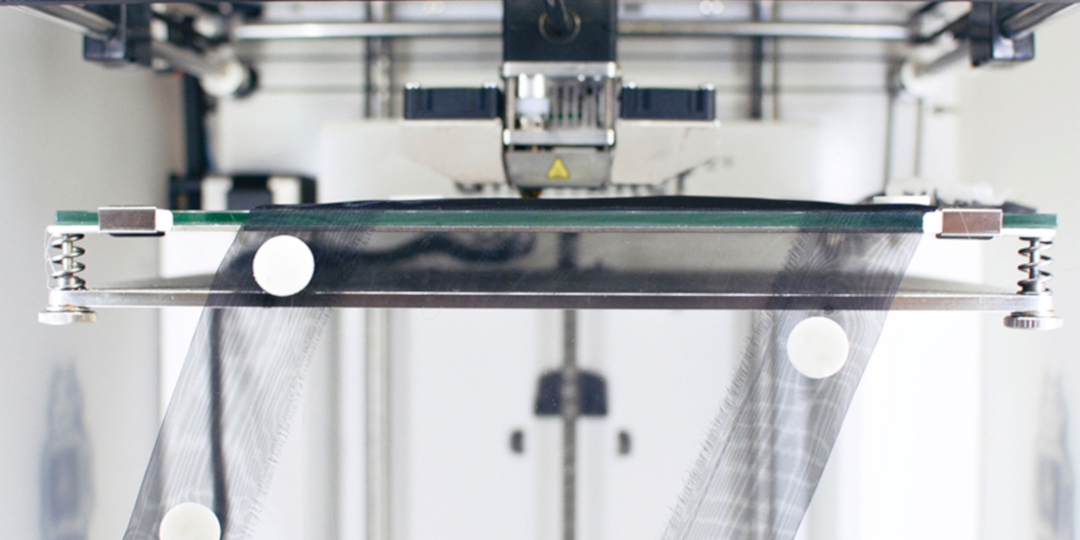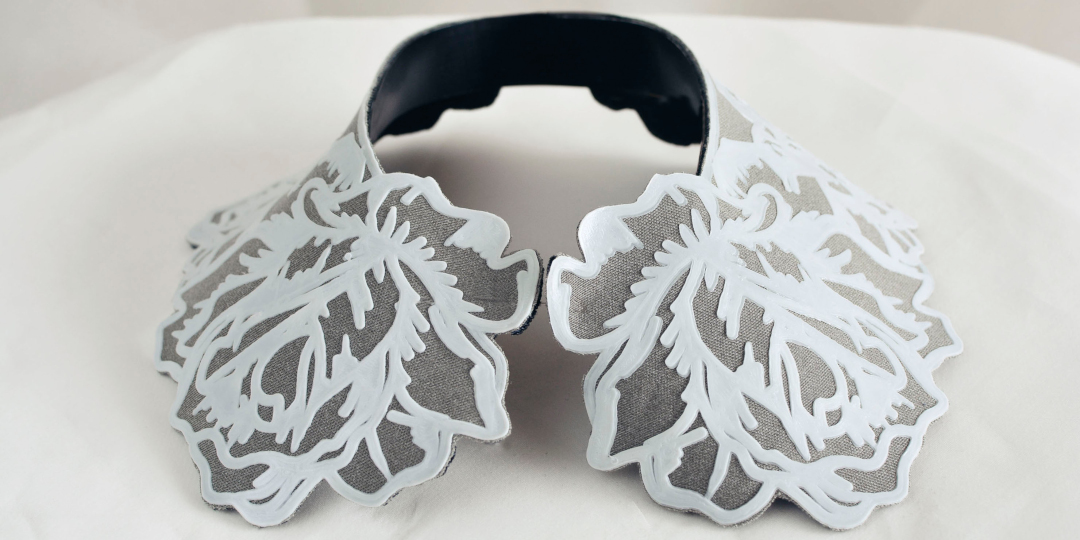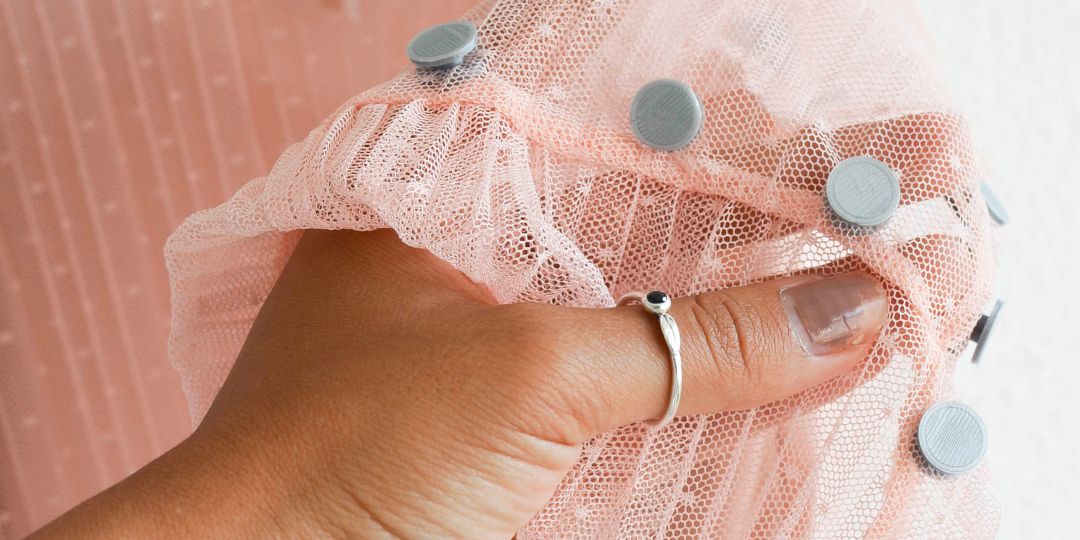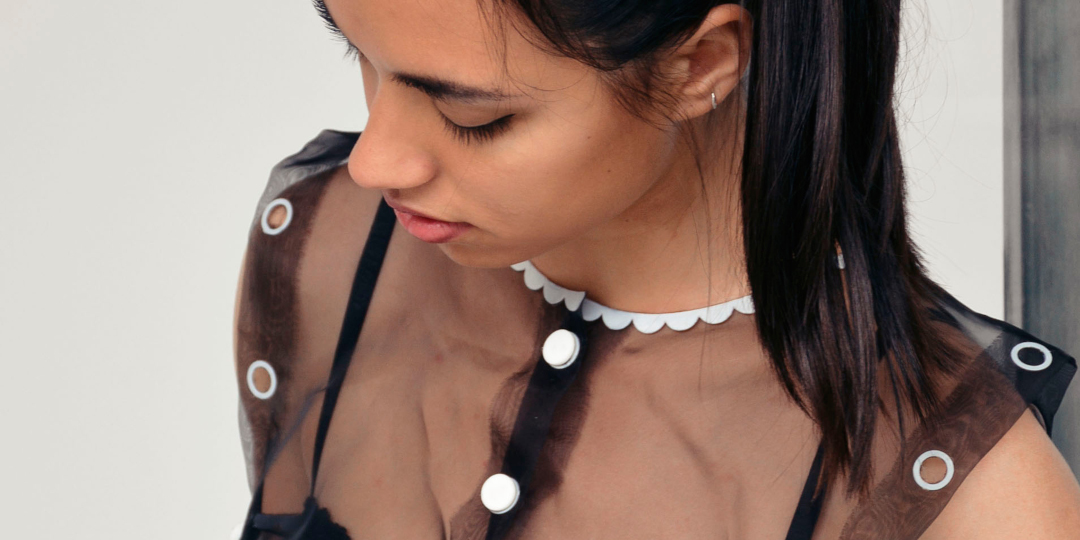For industrial design master’s student Jessica Joosse, the fourth industrial revolution transforming industries worldwide is here for fashion and textiles too. And an Ultimaker 3D printer is the perfect tool to embrace and explore the possibilities.
Jessica discovered 3D printing as a student at Eindhoven University of Technology and saw the value in being able to quickly turn design ideas into products. Her aim is to create fashion products ready for a world where consumers can be more connected to designers and brands.
As Jessica puts it, “The fourth industrial revolution will enable brands to make more personalized clothing, using new ways of manufacturing like 3D printing and also body scan data.”
3D printed clothes
The results are a mixture of some more traditional textile designs with 3D printed fastenings, buttons, or patterns, alongside entirely 3D printed items.
Using an Ultimaker 2+ to create 3D printed fittings.
A collar with 3D printed pattern details.
The process starts with research into what kinds of fabric will work with 3D printing. Then when one is selected, it goes straight onto the build plate and is secured with tape or clips. To get the precision she needs, Jessica uses an augmented reality app to perfectly position the area of the garment that will be 3D printed on the build plate.
For larger designs, the fabric can be shifted and a new print done on another area, overcoming the limitations of the 3D printer’s build volume.
New possibilities in design
Like all the best design, Jessica uses 3D printing to achieve a combination of aesthetics and function. Patterns and finishing added to a garment using a 3D printer can also serve a practical purpose, like belt loops and zippers.
These PLA buttons are printed directly onto the textile.
3D printing TPU details eliminates the need for stitching on this garment.
As well as printing on fabrics like cotton and denim, Jessica says 3D printing can also “fuse” designs into synthetic fabrics. Using semi-flexible 3D printing materials, including TPU 95A and DSM’s Arnitel allow the designs to flex to fit the body’s forms.
Combining these innovative methods and materials mean that Jessica can create designs that simply wouldn’t be possible with any other approach. “An Ultimaker 3D printer can make anything I imagine. With a sewing machine you are limited.”, says Jessica.
Together with fellow student Fabienne van der Weiden, Jessica has started Labeledby, a company which offers a service to fashion designers and brands to help them innovate their production methods. And for this project as well, the Ultimaker has turned out to be crucial!
To see more of her research and fabulous designs, you can follow Jessica on Instagram.


























